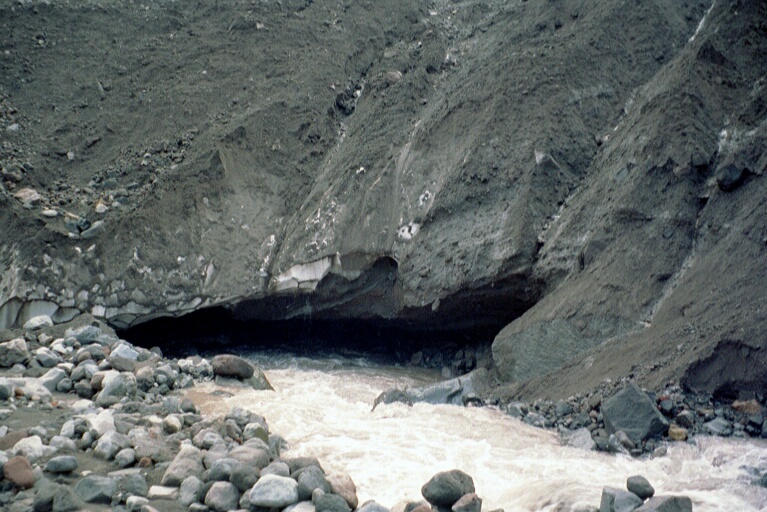
The Arctic is the best place to observe the impact of global warming. Big walrus colonies on the Islands north of Kamchatka moved already to the north, because there is not enough drift-ice on the see. There are more and more indices for the increase of the water temperature in the Kamchatka's rivers. This could cause a displacement of the salmon's spawning grounds further to the north and collapse of the whole ecosystem on the peninsula.
The global warming threatens the thousand years old way of life of the northern people. The native people of Chukotka, a region North of Kamchatka, used 10 words for the different kinds of snow. In the last years they coined a new word: "the snow making wet up to the knees". This wet snow get to ice by frosty whether conditions. The reindeers can't rich their food plants at the ground and starve. In the past the prevailing type of snow was the powder snow, which the reindeers could easy move away with their hoofs. During the unusual mild winters in the last years the Chukchi lost up to 90% of their reindeer herds.
